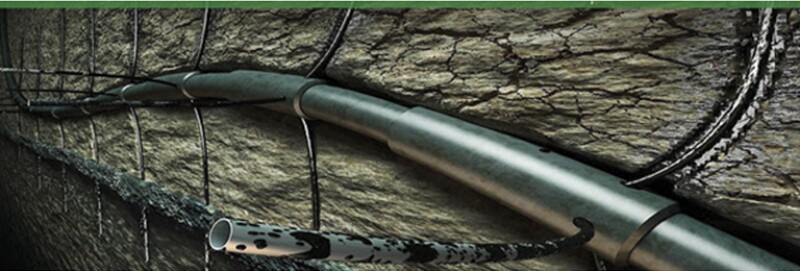The operator’s first successful installation of fishbone stimulation technology was aimed at establishing vertical communication between layers in a tight carbonate reservoir and maximizing the reservoir contact. Furthermore, the advanced stimulation technology connects natural fractures within the reservoir, bypasses near-wellbore damage, and allows the thin sublayers to produce. This technology requires running standard lower-completion tubing with fishbone subs preloaded with 40-ft needles and stimulation with the rig on site.
Introduction
The operator plans to develop tight carbonate reservoirs as part of its production growth strategy. Field Q is a 35×15‑km field under development with a phased approach.
×


Continue Reading with SPE Membership
SPE Members: Please sign in at the top of the page for access to this member-exclusive content. If you are not a member and you find JPT content valuable, we encourage you to become a part of the SPE member community to gain full access.

